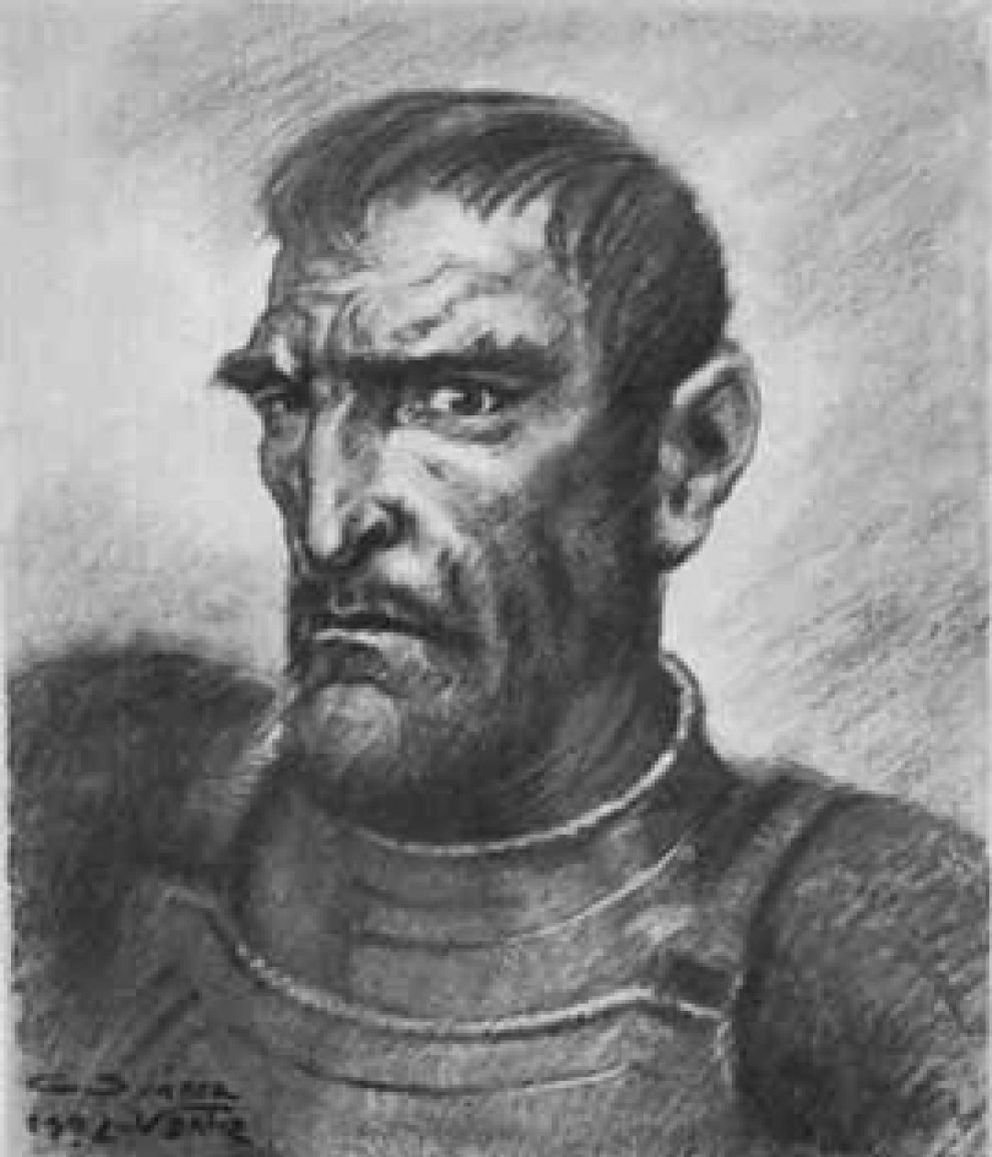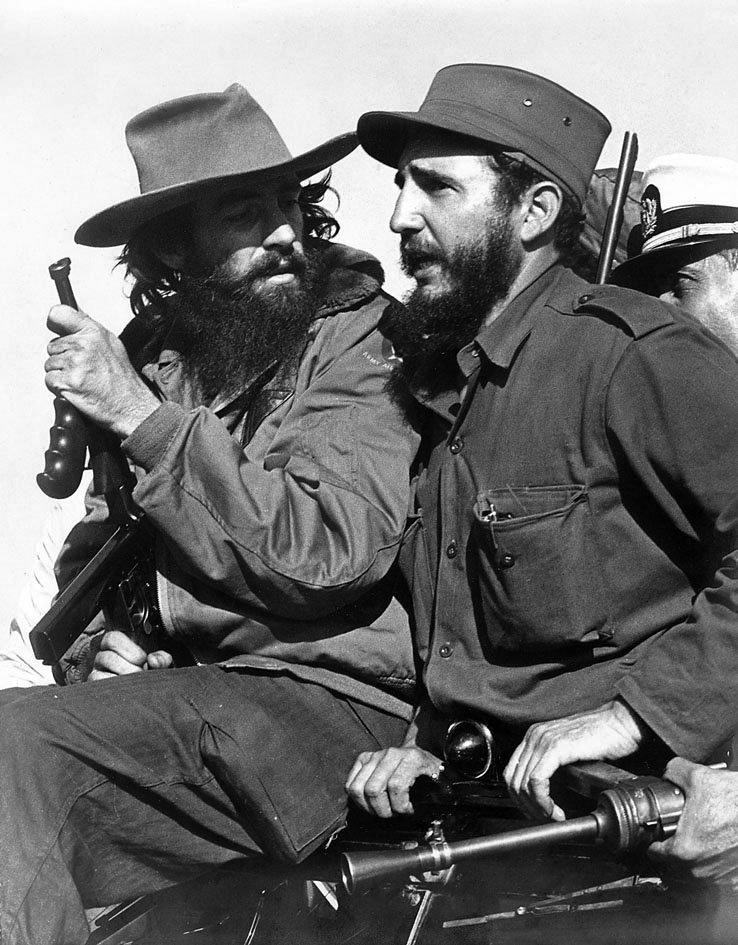The Hitler Youth was established by the Nazis in pre-World War II Germany. It was set up to indoctrinate children in Nazi ideology. Here, Disha Mule tells us about the group and its methods.
Hitler Youth members. Source: Bundesarchiv, Bild 119-5592-14A / CC-BY-SA 3.0, available here.
If you keep up to date with Google Doodles, you’d be aware that this year on June 25, it commemorated 75 years of Anne Frank’s diary. The Diary of a Young Girl is one of the most important pieces of Holocaust literature. Despite facing several censorship issues, it still occupies a respectable spot in the list of books most widely read around the world. The book provides various insights about life during the gruesome period. There’s no doubt that it is an eminent source of study. But at heart, it remains the diary of a teenager.
Anne’s innocence, humor, and insecurities are reflected through her entries, making the reader empathize with her. Aside from all the complications of transitioning from a child to an adult, teenage life is full of hope and vivacity. It is the time when an individual is driven to prove their worth and bring about some change. If this zeal is corrupted by a race-obsessed dictator, things are bound to get dark and the rest is history.
Hitler
The German defeat in World War I was a sore spot for Hitler and played an important role in forging his strategies. Being particularly good with words, his passion showed in his speeches. His ideas and promises brought hope to the people who were still reeling from the effects of the Great Depression and the failure of the Weimar Republic. He presented his ideologies under the guise of utopic versions of Germany. At the peak of his popularity, he was hailed as the savior of the country. An extremist politician had become the Fuhrer.
The fame helped in the proliferation of his beliefs but workings to spread them across the country had already begun since the time anyone hardly knew who Nazis were. Among these endeavors was the formation of an organization for German youth. What started as the Youth League of the National Socialist German Workers’ Party, in 1922, later came to be known as the Hitler Youth(1).
“The Jew must clear out of Europe. Otherwise no understanding will be possible between Europeans. It's the Jew who prevents everything. When I think about it, I realise that I'm extraordinarily humane.”(2)
In a bid to revolutionize German nationalism, Hitler imposed various measures - the extermination of Jews being an important one. He saw the Jewish killings as a means of progress. For fulfilling his ambition of the Third Reich, it was convenient if people began viewing his ideas as their own. It would be helpful if the public were convinced that Hitler’s actions were for their betterment. And what would be more effective than targeting the most susceptible part of the population?
He set up the Hitler Youth which made the upsurge of Nazism all the easier. It was compulsory to be a part of the organization. Parents had to serve prison sentences if they objected or refused to send their child for this training(3). Some parents were proud to send their children for national service. The youth was moved by his propaganda to such an extent that they began considering these atrocities as a necessity and their service to the Fuhrer nothing short of prestige.
Beginning of a Gloomy Future
Hitler wanted to internalize the Nazi ideology in the minds of ‘pure’ Aryan children as young as three years old. According to Robert Ley, the head of the German Labor Front, the children were given a small flag to wave as soon as they started to think. This was followed by school, the Hitler Youth, and military service. Later they were taken under the front and served till death, even if unwilling.
First of all, Jewish children were segregated from the ‘desirable’ children.
“I was accepted to the Jewish Lyceum on a conditional basis. I was supposed to stay in the seventh grade at the Montessori School, but when Jewish children were required to go to Jewish schools, Mr. Elte finally agreed, after a great deal of persuasion, to accept Lies Goslar and me.”(4)
The Jewish Lyceum was the school where Jewish pupils were sent after the summer holidays of 1941. In addition to these children, those of Catholic or Protestant belief also had to attend different schools if they had Jewish blood (5).
Right around the time of Hitler’s rise to power, young Germans were failing to set high standards academically. The fact that ten Jews were awarded Nobel prizes by 1931 (6) did not help. As a result, the curriculums were changed and an extremely demeaning education system was introduced.
The study of “racial sciences” was promoted and German physics, German mathematics, etc. began to replace the erstwhile taught subjects(7). Teachers and professors also faced the consequences of this new system. Jews were forbidden to teach. While others had to swear their loyalty to Hitler under the Civil Service Act of 1937(8). There came a time when serving in the S.A. or the Labor Service or the Hitler Youth was a must to be eligible for teaching(9). All of this was done to strengthen nationalism. But that’s not the worst part. Some professors were in favor of these changes and openly endorsed anti-Semitism(10).
Training
The process of creating future Nazi soldiers started early. Boys aged six to ten were required to complete an initial training period. They would be tested in camping, athletics, and history (tampered by Nazi beliefs, of course) after which they were transferred into the Jungvolk(11). Hitler wanted them to be bold and stoic. The task for which they were being recruited had no place for the weak-hearted. Being sensitive and compassionate was seen as a flaw.
Girls, too, were organized into groups like Jungmaedal and the B.D.M. Though they went through the same training as the boys, being docile, giving birth to healthy children, and nourishing them were made their priorities(12). At eighteen, the boys joined the Labor Service and the Army whereas girls did one-year farm service while they were still in the B.D.M.(13).
The older members of the Hitler Youth also served to inspire preteens. In rooms filled with propaganda posters and the greetings of “Heil Hitler”, meetings were held for teaching the recruits how great Hitler was(14). Seeing how enthusiastically their seniors supported Hitler and his cause, the organization’s younger members blindly followed them. These senior members could be considered ‘influencers' in a way. The cakes and sweets provided at these meetings could also play a role in deciding who was a good person(15) given that the decision makers were barely ten years of age.
A very interesting point to note is that these boys and girls were not chosen from a specific background. Even if they were taught to hate a sect of people on baseless notions, discrimination was absent in case of their recruitment. Once they turned ten, whether their parents were peasants or wealthy merchants, it was mandatory to be a part of the Hitler Youth. They were trained together and ordered to carry out the same tasks. It’s odd how a sense of solidarity was instilled in these children with such delusional ideas and heinous crimes in the foreground.
Leaders of Tomorrow
Baldur von Schirach was an important name in this youth propaganda. His case seems to be an appropriate example to demonstrate the importance of good influence during adolescence. He was so mesmerized by Hitler that he even composed flattering poems about his heroism(16). While he was at Munich University, he joined National Socialist German Students’ League and helped in increasing its votes in the student elections(17). As a result, he was made the Youth Leader of the German Reich and reported to no officer or ministry but the Fuhrer(18).
Creating new leaders was as important as creating new soldiers. After an incident with his teacher at Steyr, Hitler decided that things should not be run like a Jewish school - like an anarchy.
Adolf Hitler Schools, under the Hitler Youth, sought out twelve-year-old brilliant students in the Jungvolk and subjected them to undergo six-year-long training in leadership. They were later eligible for higher education in universities. There were two other types of schools established - the National Political Institutions of Education and the Order Castles. The Order Castles were at the top with all the creme de la creme of the Hitler Youth. High achievers from the other two institutes were sent to these Order Castles where they stayed for another six years. These students were prepared to devote themselves to Lebensraum.
After the end of the Nazi regime, the Hitler Youth was evidently dissolved. The members were not convicted as they were still children. Nevertheless, studying how this entire generation was brainwashed into believing what they were doing was a great service to the nation is both pitiful and mortifying.
What do you think of the Hitler Youth? Let us know below.
References
1 Richard J. Evans, The Coming of the Third Reich (Penguin Press, 2003), 261
2 Adolf Hitler, Hitler's Table Talk, 1941-1944: His Private Conversations, trans. Norman Cameron and R. H. Stevens (Enigma Books, 2000), ‘119 - 23rd January 1942’, 235
3 William L. Shirer, The Rise and Fall of the Third Reich (RosettaBooks, 2011), 333
4 Anne Frank, The Diary of a Young Girl, trans. Susan Massotty (Doubleday, 1995), ‘SUNDAY, JULY 5, 1942’
5 Anne Frank House, “Jewish children are made to got to separate schools”, https://www.annefrank.org/en/timeline/217/jewish-children-are-made-to-go-to-separate-schools/
6 Shirer, The Rise and Fall of the Third Reich, 328-330
7 Ibid.
8 Ibid.
9 Ibid.
10 Ibid.
11 Ibid., 333-334
12 Ibid,
13 Ibid.
14 Karen Truesdell Riehl, Helga: Growing Up in Hitler’s Germany (Karen Truesdell Riehl, 2014), Treats and lies
15 Ibid.
16 Evans, The Coming of the Third Reich, 262
17 Ibid., 262-263
18 Shirer, The Rise and Fall of the Third Reich, 332-333
19 Hitler, Hitler’s Table Talk, 192
20 Shirer, The Rise and Fall of the Third Reich, 335-336
21 Ibid.
Bibliography
Evans, Richard J. The Coming of the Third Reich. Penguin Press, 2003.
Frank, Anne. The Diary of a Young Girl: The Definitive Edition. Edited by Otto H. Frank and Mirjam Pressler. Translated by Susan Massotty. New York: Doubleday, 1995.
Hitler, Adolf. Hitler's Table Talk, 1941-1944: His Private Conversations. Translated by Norman Cameron and R. H. Stevens. Enigma Books, 2000.
“Jewish children are made to go to separate schools | Anne Frank House”,
https://www.annefrank.org/en/timeline/217/jewish-children-are-made-to-go-to-separate-schools/.
Shirer, William L. The Rise and Fall of the Third Reich. RosettaBooks, 2011.
Truesdell Riehl, Karen. Helga: Growing Up in Hitler's Germany. Karen Truesdell Riehl, 2014.
















